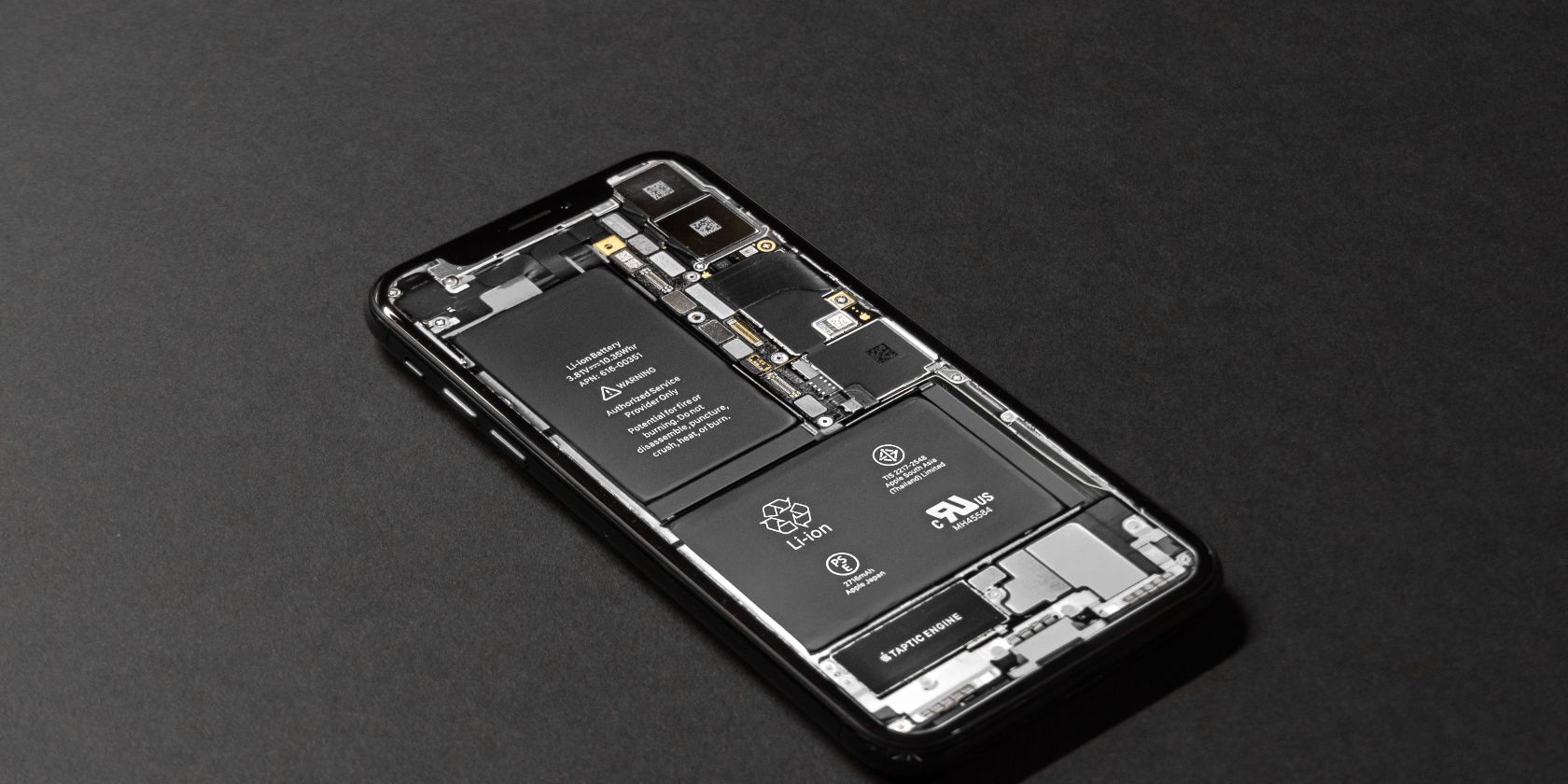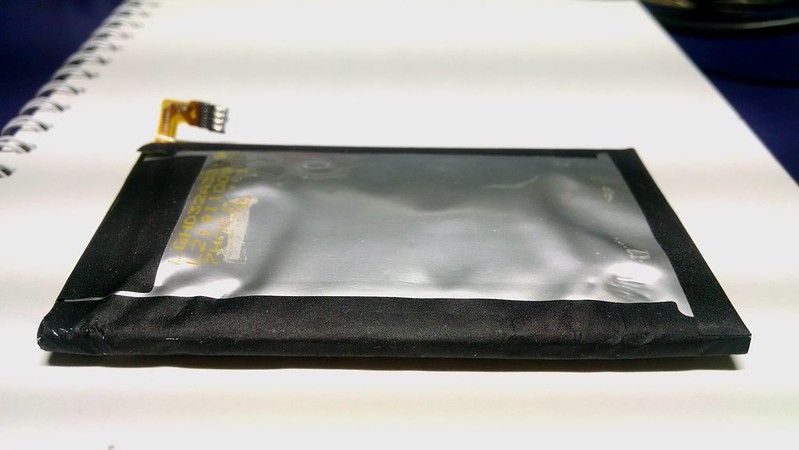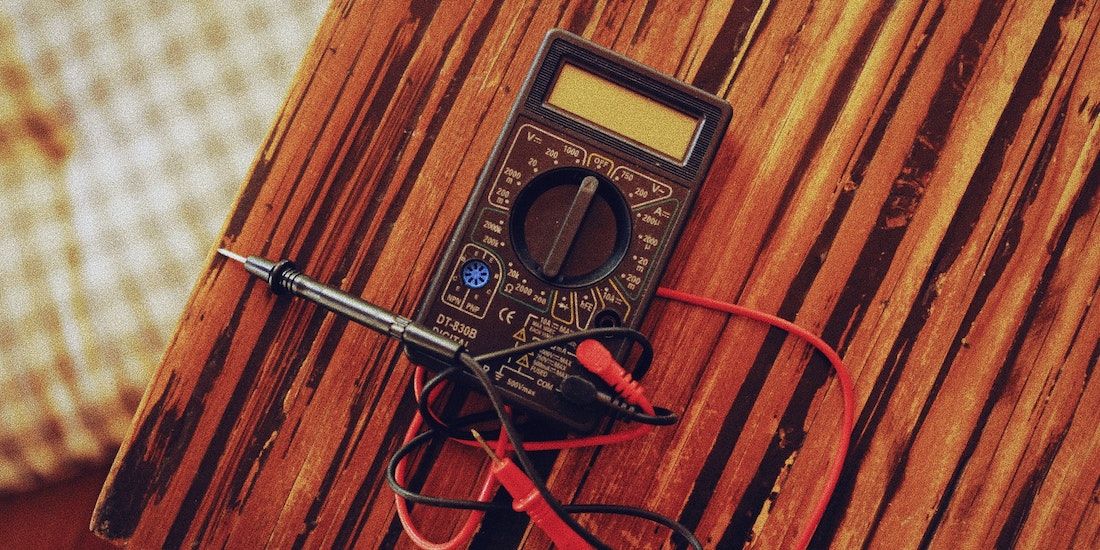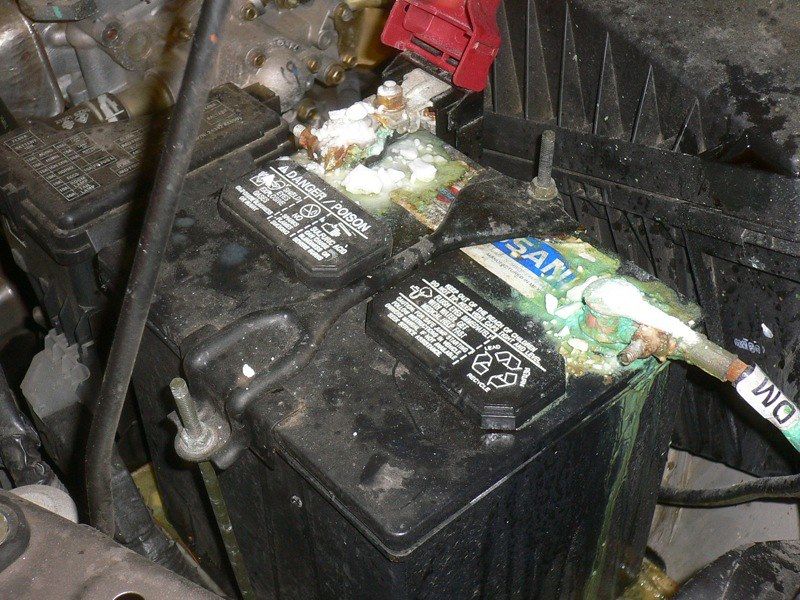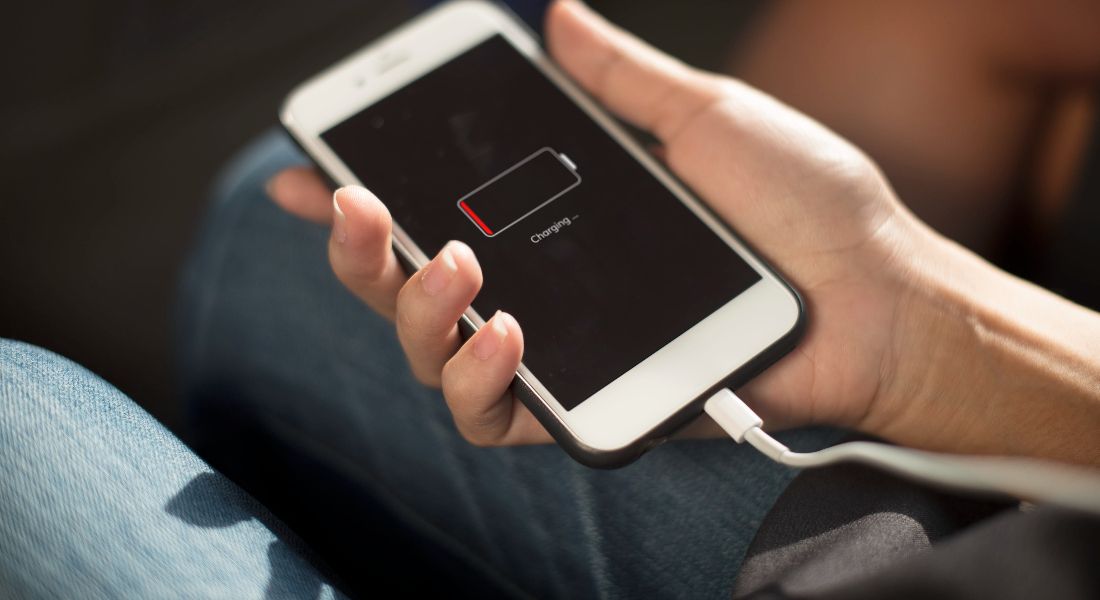Sometimes, devices indicate hardware problems that need to be fixed immediately. It is important to determine the cause and fix it, as the delay may cause serious damage and shorten the device's lifespan.
One common issue that may require hardware repair is related to the battery. Neglecting battery maintenance can lead to poor device performance and damage to adjacent hardware. For example, heat generated by a faulty battery may cause burnout or permanent damage to other electronic parts nearby.
Let's look at some key signs that show your device's battery is not working properly and needs to be replaced.
1. Battery Often Heats Up During Charging and Usage
If your device's battery heats up during charging or normal use, it is most likely a sign of a problematic battery. Overheating can cause the battery to drain more quickly and, if it continues, may shorten its overall lifespan. An overheating battery can also cause the device to shut down and may prevent it from restarting for a while.
One reason for a battery overheating is the internal shock that occurs if the battery is dropped. This leads to an internal short circuit, which causes a high discharge current and results in the battery overheating.
2. Current Capacity & Battery Backup Time Have Reduced
If you observe that the battery backup time, which it provides at a full charge, has reduced, it is probably time to consider replacing your battery with a new one. You may find your device battery drops from 100% charge down to around 90% (or lower) immediately after unplugging it from the charger. This is because the faulty battery has reduced current capacity, which is why battery voltage drops sooner.
3. Swollen Battery or Physical Damage
If you notice cracks, leakage, swelling, or gassing on your device battery upon physical inspection, the battery is likely about to die. One of the reasons can be physical battery damage, which might lead to a short circuit, eventually causing excess current flow and producing heat and gases inside the battery.
If your battery is swollen, you should replace it immediately. But you could also run your smartphone without its battery for a period.
4. Acid Gravity Has Reduced (For a Lead Acid Battery)
Battery gravity, a prime parameter that professionals use for battery designing and maintenance, is most often overlooked by users, and few people know about it. It is used to measure the state of charge in a battery.
When the battery is fully charged, the acid (for a lead acid battery) within the battery should have more specific gravity than in the discharged state. A hydrometer measures the gravity of a battery. For a 12V battery at full charge, the specific gravity of the acid should be around 1.26, and for a discharged battery, it should be around 1.12.
Once charged, it is quite possible that a faulty battery may show 12.7V to 13V using a multimeter, but it is not giving enough backup. In addition, if you check the specific gravity of the battery's acid, you may find it lower than what it should have on a full charge. This indicates a problem with a single cell or the entire battery.
5. Device Doesn't Charge
The device, when plugged in for charging, shows that it is connected to a charger, but you find no increase in charging percentage even after a certain interval of time. This shows battery is unable to store any charge and needs replacement.
6. Device Turns Off
If you find your device turns off repeatedly, the reason could be a software or a hardware error. Among hardware errors, one of the reasons could be battery failure to perform.
7. Battery Voltage Gets Too Low
If the device battery shows some of the problems mentioned above, one of the checks is to monitor the battery voltage. If you can disconnect the battery from your device easily, this is a simple check.
You can check battery voltage using a digital multimeter by setting the voltage measurement options and using probes on battery terminals. If the battery voltage is too low or lesser than the specified minimum threshold rating, the chemical balance within the battery has degraded, and your battery is probably dead.
8. Internal Resistance of the Battery Has Increased
Opposition to the flow of current within the battery is referred to as its internal resistance. Newer batteries usually have very low internal resistance compared to used or faulty batteries. When the battery's internal resistance worsens (creating higher resistance), its ability to give the rated current also decreases.
This can be checked by voltage measurement using a digital multimeter. First, unplug the battery from the device and measure its open circuit voltage. It should be according to battery specs. Now plug the battery in the device and operate the device. Check the battery voltage at terminals carefully. If you find battery voltage has dropped significantly or below its specified range, it is probably time to replace it with a new one.
9. Sulfation of Battery
Sulfation is often seen in lead acid batteries, commonly used in uninterrupted power supplies (UPS), automotive tech, etc., as they have good cranking power. However, when such a battery gets overcharged, remains unused for a longer duration without being fully charged, or if used in a high-temperature environment, electrode plates may get a layer of lead sulfate crystal, known as sulfation.
Although sulfation is a natural process, it impedes the chemical to electrical conversion once too much sulfation has occurred. However, the operational life of a battery can be improved by adopting regular battery maintenance charging routine to reduce sulfation.
Permanent sulfation (a thick layer of lead sulfate crystal on electrodes) of the battery can cause bad performance, which includes longer time to charge, lesser cranking power, shorter battery backup, reduced battery life or may cause complete battery failure.
10. Device Only Works When Connected to a Charger
You might have observed someone always using a charger while using a laptop or smartphone. It is because the battery of their device is completely dead and incapable of providing any power backup. Such devices usually become hotter than properly functioning ones because the battery is fully or partially drained and receives a high current but provides no power storage or backup.
Keep Your Device Battery in Check
Here we discussed many signs that may indicate a battery problem and require battery replacement. However, it's important to note that these symptoms can also be caused by other hardware failures, such as malfunctioning components that draw excessive current and heat up the battery, resulting in a shortened battery life. Therefore, if you continue to experience similar issues even after replacing the battery, it may be a sign of hardware failure.
Also note that if your device is experiencing these issues in extreme temperatures, like too hot or cold, it's quite possible that the environment is causing your battery to underperform.

